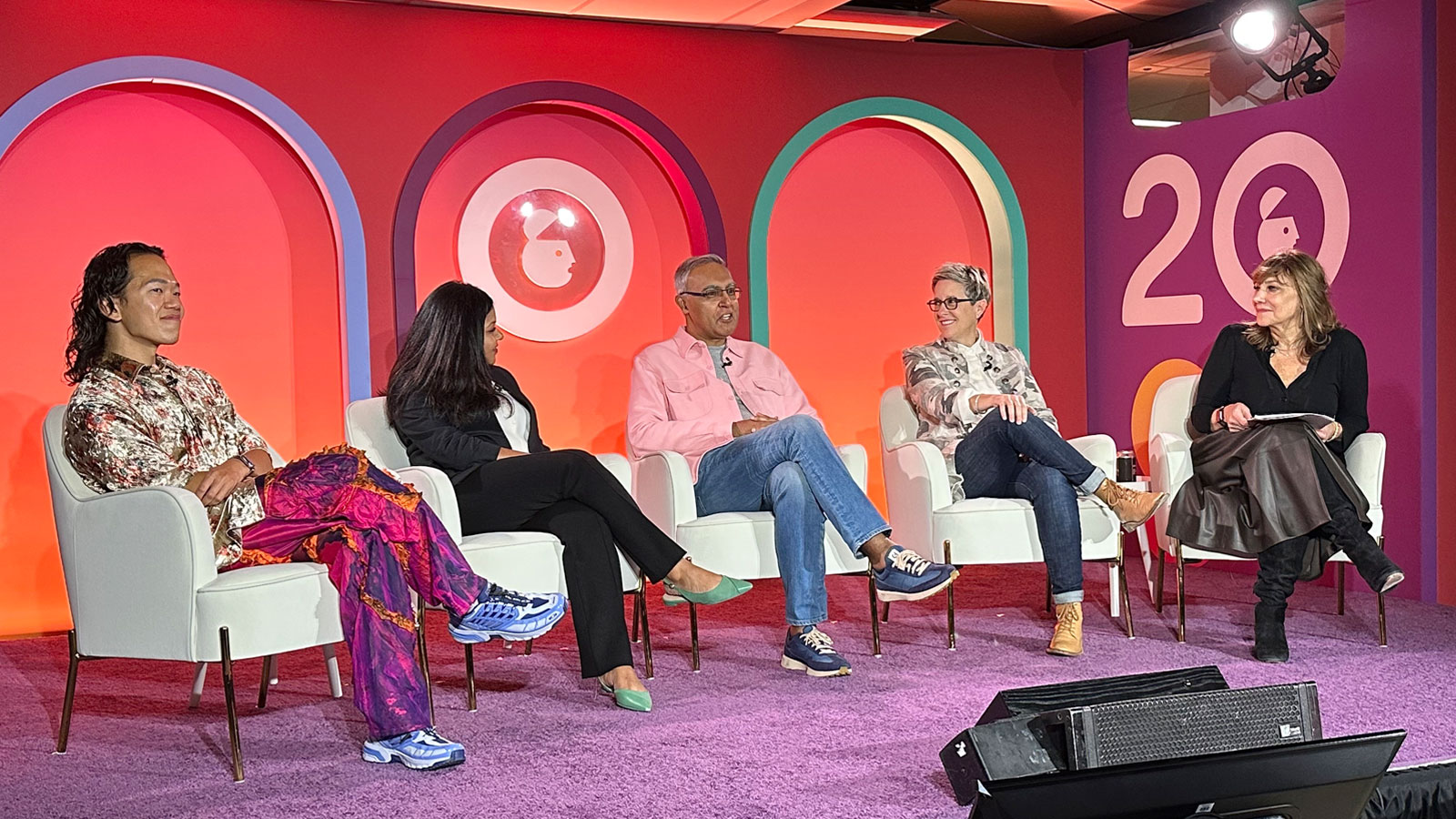Consumers Have Infinite Media Choices. Why Don’t Advertisers?

There’s a famous old saying in our industry that says, “Half my advertising spend is wasted; the trouble is, I don’t know which half.” It’s typically attributed to one of a handful of midcentury advertising titans – but fittingly, it’s unclear who actually said it, if anyone ever did.
That’s a far cry from today’s advertising landscape, where digital ads can be deployed with peak efficiency and tracked precisely from targeting to post-campaign measurement. You, as a marketer, know exactly which of your ads worked, and if they didn’t, what you can do to fix them.
The problem is that this efficiency has come at a tremendous cost both in terms of finances and labor. One estimate found that the average enterprise uses an average of 120 marketing technology tools. That’s a lot of software subscriptions to pay for, a lot of employees who need to be trained to use them, and a lot of headaches when one piece of software doesn’t “talk” to another. Marketers find their media dreams restricted by budget, logistics, and a lack of interoperability. The seemingly infinite possibilities of digital marketing suddenly become a lot less promising, especially as marketers find it even more difficult to balance the need to build a brand with the imperative to drive sales in the short term. Our ads are efficient – but are they effective?
At Advertising Week New York 2024, Infillion chief growth officer Laurel Rossi moderated a panel that addressed this topic, called “Consumers Have Infinite Media Choices. Why Don’t Advertisers?” She was joined by David Rusli, chief strategy officer of Wavemaker; Jinu Peyeti, senior director of audience, insights, and measurement at Albertsons Media Collective; Jatinder Singh, global head of data and AI at Accenture Song; and Amanda DeVito, chief marketing officer at Butler/Till.
“Paradoxes have driven this business for as long as I’ve been in it,” Rossi said. “Brand versus demand. Efficiency versus effectiveness.” So, she asked the panelists, what do they do to address it?
“I think the challenge we all face is that efficiency without effectiveness is like hitting a bullseye on the wrong target, and effectiveness without efficiency is like watching the most incredible fireworks show you’ve ever seen and knowing that it’s going to fizzle out because you don’t have the resources,” Amanda DeVito said. “I love programmatic, I love being able to hyper-target, I love data driven strategy – I love all that, especially coming from a media perspective, but I think we have to balance that with brand health.”
Jatinder Singh said that marketers need to start from the middle, describing the gulf between pure brand advertising and performance-driven programmatic ads as “these beautiful things that nobody sees [and] these ugly things that everybody sees.”
Being selective with the right technology vendors is key. “For me, the technology is the enabler and obviously we will work with our clients to ensure that we partner with the right ecosystem partners to put the right infrastructure and operations in place,” Singh said. “We no longer have the false binary of ‘I need to build a brand’ or ‘I need to build an ad.’ We need to do both.”
Coming from the retail media side of the business – a sector that has been rapidly adding even more tools and options for marketers – Jinu Peyeti recognizes the complexity afoot. “Figuring out what works for your business takes a lot longer than it should…We need to build an ecosystem, platforms, tools, technologies that reduce the cost of testing and get us to a point where all of our media is measured on incrementally and that is when we’re going to know what really works,” she said. “I would seek out vendors that are solving a problem that I am already currently facing. I will not just listen to vendor pitches without knowing what the problem is that it will solve for me.”
In other words, Peyeti phrased it hypothetically: “I have these problems that I’m trying to solve. How can I solve it with maximum integration and minimum number of new vendors? How does this fit into my long term technology stack and plan?”
David Rusli suggested that this can be achieved by asking the question of not just what a vendor can to do target or measure, but how that targeting or measurement can, in addition, serve the broader purpose of building a brand. “I think there’s no point of adding new tech or new tools just for the sake of adding new stuff. In fact, what we really really need is one holistic platform that connects all this different tech, all these different tools,” he said. By cutting down on the red tape and added logistics, marketers can then free up some energy to focus on the bigger picture. “We are here to build long lasting brands and to do that effectiveness has to be our number one source of truth.”
Interested in simplifying your marketing tech stack? Infillion’s team would love to chat with you.
Subscribe to our blog:
Related Posts:

Q&A: Why Supporting Diverse-Owned Media Is Part Of A Great Multicultural Strategy
Reaching multicultural audiences is often spoken about separately from putting spend behind media owned by members of underrepresented groups – and when this happens, brands are missing an opportunity. For our recent research report Engaging Multicultural Audiences,...

Q&A: How Interactive Language Toggles Can Add New Flavor To Bilingual Ads
Did you know Infillion was the first company to ever build ads for bilingual audiences that allow users to toggle between languages in real time? Michael Colella, SVP and Executive Producer of Infillion’s Creative Studio, gives a behind-the-scenes look at this...

Q&A: The Nuances Of Marketing To Asian-American Audiences
Over the years, multicultural marketing has frequently overlooked Asian audiences. Hailing from over 70 different ethnicities, Asian-Americans are diverse and frequently misunderstood. Can they even be considered a single demographic for advertisers? For our recent...
Let's Connect

